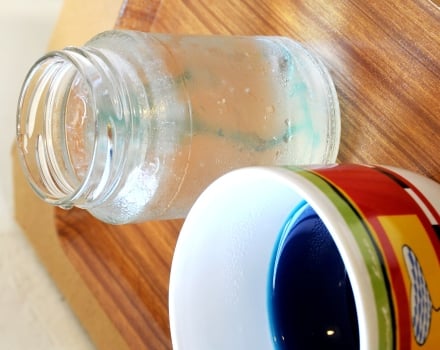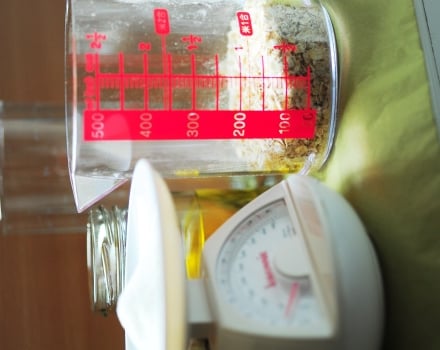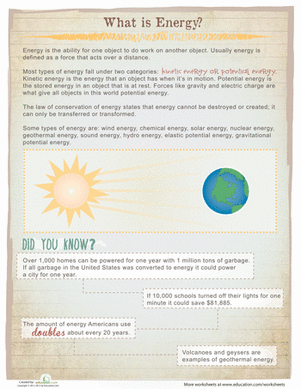Science project
How Solar Energy Heats Liquids of Different Colors
Grade Level: 4th - 6th; Type: Chemistry
Objective:
Students will discover how liquids with the colors along the spectrum respond when heated by the sun.
Research Questions:
- How do frequencies correlate with wavelengths?
- How is color temperature applied to applications such as lighting and photography? Why is it important?
- Why does the sun appear to “change colors” depending on its position in the sky?
The visible spectrum is the portion of the electromagnetic spectrum that can be seen by the human eye. It consists of seven colors: red, orange, yellow, green, cyan/indigo, blue, and violet. These are the colors of the rainbow, and each has a different frequency and wavelength. For example, red has the longest wavelength and violet has the shortest. In this experiment, we'll turn the colors of the rainbow into liquid form in order to discover how hot each one becomes in sunlight.
Materials:
- Seven shades of food coloring
- Water
- Eight thermometers
- Eight clear drinking glasses
- Surface to set those glasses on
- Stirring sticks/ spoons
- Sufficient sunlight (aim for really bright sunlight which is usually around noon-2pm)
- Pen and paper for notes
Experimental Procedure:
- First we are going to prepare our colorful mixtures. Fill each of the eight drinking glasses up with room temperature water and leave an inch of space at the opening.
- Carefully squeeze just three drops of food coloring in each color, in all but one glass (that is going to be the control). You may have to mix certain primary colors to get a secondary color. For example, you may have to combine equal amounts of red and yellow to get orange. Just follow the color wheel or the instructions provided on the box of food coloring for this. Stir each glass and mix well until well blended.
- Carefully place a thermometer into each glass and note the temperature of the water.
- Take the eight glasses and place under direct sunlight.
- Observe as the temperature rises in the liquid in 10-minute intervals. Do not touch any hot surfaces at this point.
- After at least two hours under the sun, observe the temperatures of the liquids in each glass and record your results. Which one had the highest temperature? The least?
- If you are still curious, why not try this experiment but at different concentrations of food coloring? This will be fun as it will also investigate transparency and opacity/ lightness and darkness of colors.
Terms/Concepts: Visible Spectrum; Electromagnetic Spectrum; Spectroscopy; Wavelengths; Frequencies; Colors; Lightwaves; Thermal temperature; Color temperature; Sunlight and radiation
References:
- http://science.hq.nasa.gov/kids/imagers/ems/visible.html
- http://en.wikipedia.org/wiki/Electromagnetic_spectrum
- http://www.3drender.com/glossary/colortemp.htm
- http://www.betterphoto.com/article.asp?id=24
- http://www.howeverythingworks.org/sunlight.html
- http://www.colormatters.com/colortheory.html
- John C. D. Brand (1995). Lines of light: the sources of dispersive spectroscopy, 1800-1930
- CRC Press. p. 30–32. ISBN 9782884491631. http://books.google.com/?id=sKx0IBC22p4C&pg=PA30&dq=light+wavelength+color++young+fresnel
- Priest, Irwin G. (1923)."The colorimetry and photometry of daylight ·and incandescent illuminants by the method of rotatory dispersion". JOSA 7 (12): 1175–1209.
Education.com provides the Science Fair Project Ideas for informational purposes only. Education.com does not make any guarantee or representation regarding the Science Fair Project Ideas and is not responsible or liable for any loss or damage, directly or indirectly, caused by your use of such information. By accessing the Science Fair Project Ideas, you waive and renounce any claims against Education.com that arise thereof. In addition, your access to Education.com's website and Science Fair Project Ideas is covered by Education.com's Privacy Policy and site Terms of Use, which include limitations on Education.com's liability.
Warning is hereby given that not all Project Ideas are appropriate for all individuals or in all circumstances. Implementation of any Science Project Idea should be undertaken only in appropriate settings and with appropriate parental or other supervision. Reading and following the safety precautions of all materials used in a project is the sole responsibility of each individual. For further information, consult your state's handbook of Science Safety.













